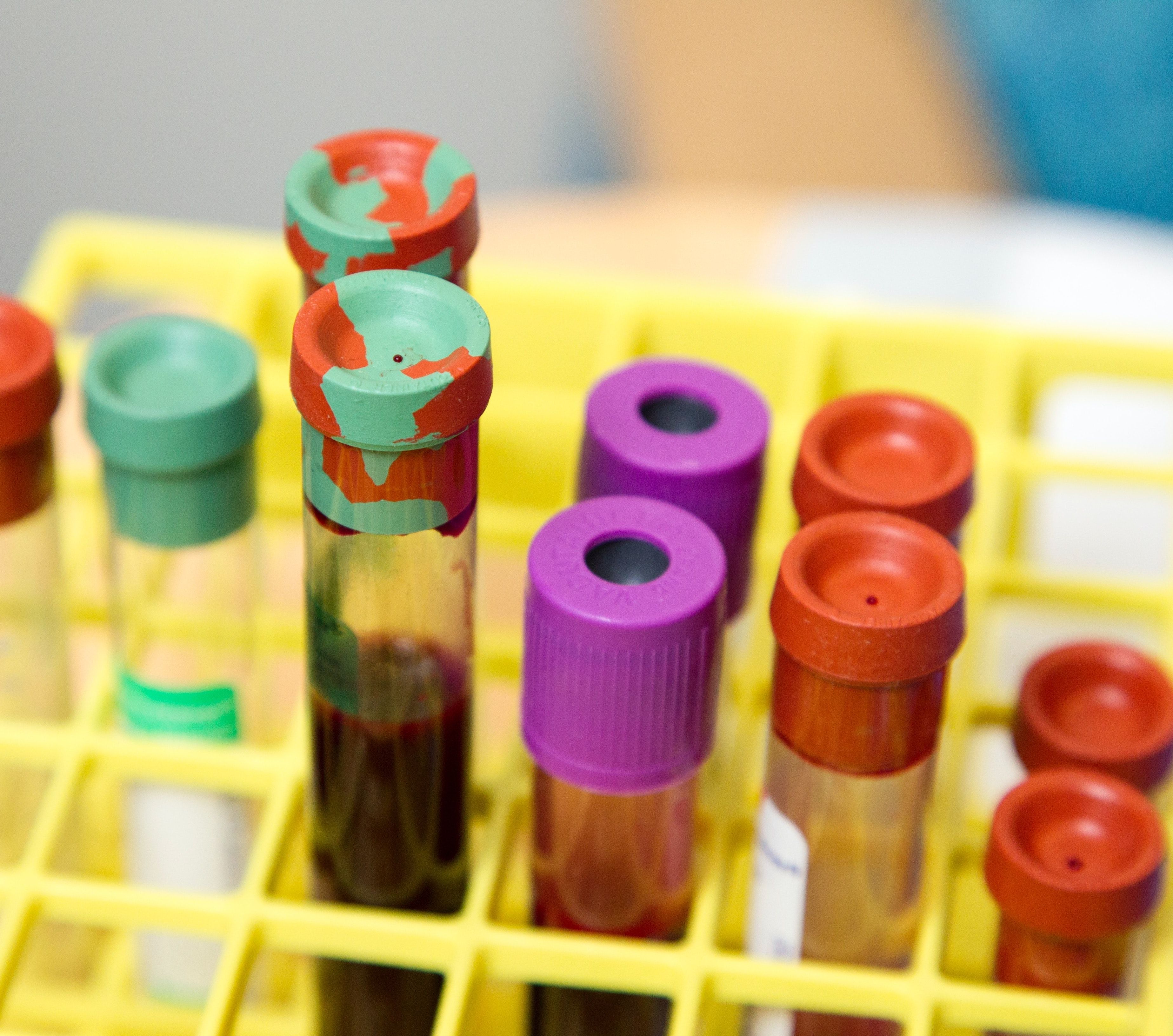TRV Serves as Sickle Cell Anemia Treatment Indicator
Elevated tricuspid reguritant velocity levels as a biomarker for SCA severity also marks response to disease modifying treatments.

Elevated tricuspid regurgitant velocity (TRV), a biomarker of severe sickle cell anemia (SCA), was lowered in patients treated with hydroxyurea and remained stable, without further increase, with monthly erythrocyte transfusions, in a longitudinal, prospective study in children.
Parul Rai, MD, Department of Hematology, St Jude Children's Research Hospital, and colleagues determined that hydroxyurea therapy may mitigate TRV elevation in children with SCA, positing that it reflects reduction in hemolysis and improvement in anemia.
Although monthly transfusions were associated with stabilized TRV rather than reduction, Rai pointed out that these patients had more severe SSA, requiring the transfusions to prevent stroke or stroke recurrence.
"This study shows that both hydroxyurea and transfusions are beneficial in preventing worsening of TRV," Rai told HCPLive®. "We do need to follow these patients for a longer period of time to get a clinically significant decrease in TRV."
Their study prospectively evaluated a cohort of 204 children with either HbSS or HbSß0 thalassemia (mean age 10.6 years; range, 5-18) over a two-year period. The study population was drawn from participants in the Long Term Effects of Erythrocyte Lysis (ELYSIS) study and the Sickle Cell Clinical and Intervention Program (SSCCRIP).
Participants were stratified in 4 groups according to their exposure to DMTs. One-hundred and twelve participants received either hydroxyurea (n = 72) or monthly erythrocyte transfusions (n = 40); 58 did not receive any disease modifying treatment (DMT), and 34 were begun on hydroxyurea during the observation period.
Each participant received echocardiogram with assessment of TRV as well as laboratory measures of hematologic and inflammatory status at baseline, and after the 2 years of observation.
Rai and colleagues report that in the entire cohort, an increase in hemoglobin of 1.0g/dL was associated with a 0.03-m/s decrease in TRV (P = .24); and a decrease in absolute reticulocyte count of 1.0 x 106 /ml was associated with a 0.34-m/s decrease in TRV (P = .34).
Treatment with hydroxyurea, whether newly started or continued during the study, was associated with an average 5% decline in mean TRV from baseline to the evaluation at 2 years.
In the group started on hydroxyurea during the study (mean duration of treatment, 1.2± 0.6 years), an increase in hemoglobin of 1.0g/dL was associated with a 0.06-m/s decrease in TRV (P = .05).
"Participants started on hydroxyurea during study showed that the decrease in hemolysis with this medication was associated with an improvement in TRV," Rai commented. "Patients on stable dose of hydroxyurea had no further change in their hematological parameters but still saw a decrease in TRV, which we can't explain."
The investigators characterized the study as one of the largest pediatric prospective longitudinal analyses of the effect of DMTs on the TRV trajectory in SCA. They emphasized that the poor prognostic implications of elevated TRV in SCA underscores the need to evaluate the effectiveness of currently available treatments in reversing or slowing progression of TRV as early as in childhood.
"Patients with elevated TRV should either be started on hydroxyurea if not on any disease modifying therapy, and if they are already on hydroxyurea or transfusions, their treatment should be maximized," Rai said. "If they continue to worsen despite optimization of hydroxyurea/transfusions, new therapies like voxelotor should be considered to decrease hemolysis and improve hemoglobin levels."
The study, “Longitudinal Effect of Disease-Modifying Therapy on Tricuspid Regurgitant Velocity in Children with Sickle Cell Anemia,” was published online in Blood Advances.